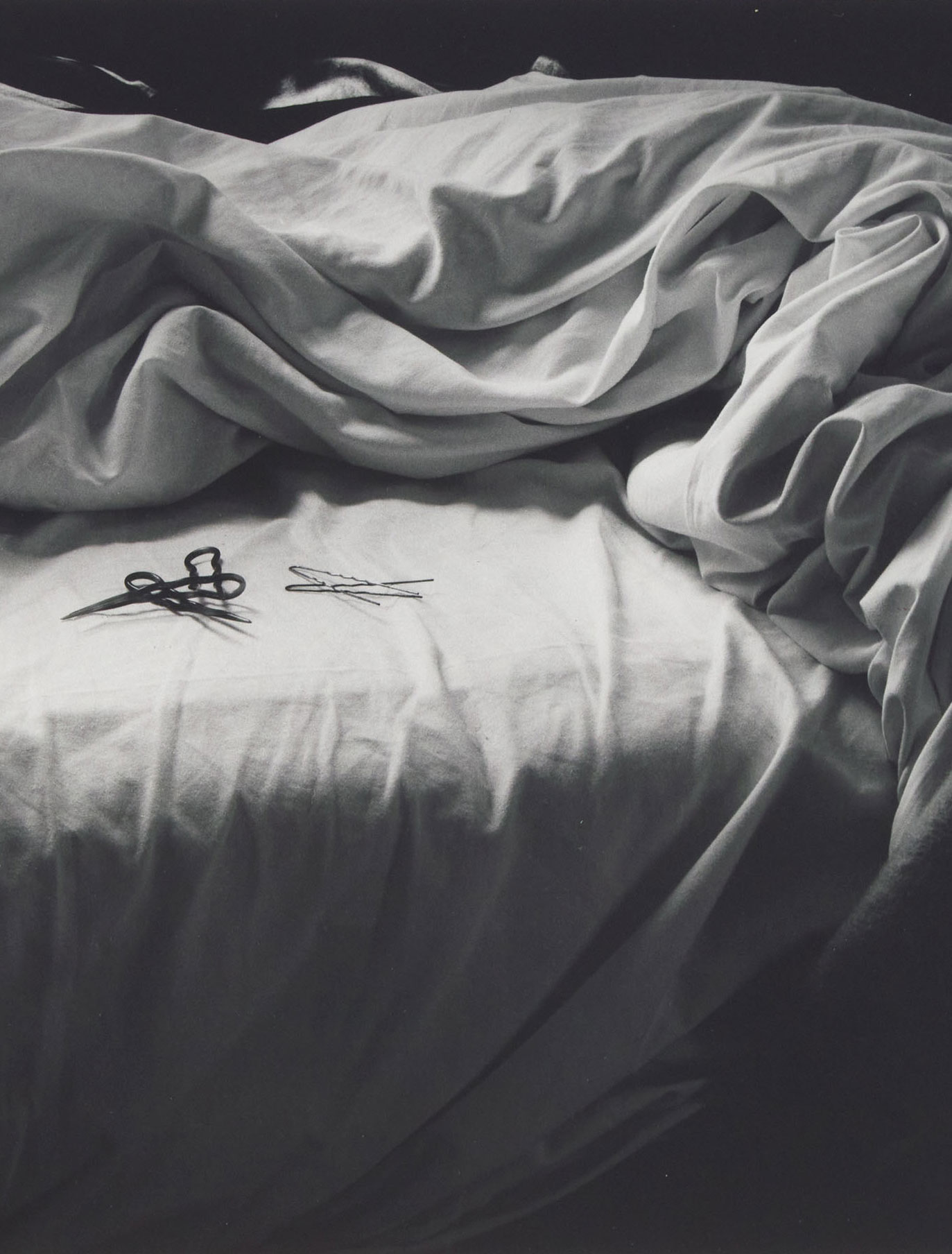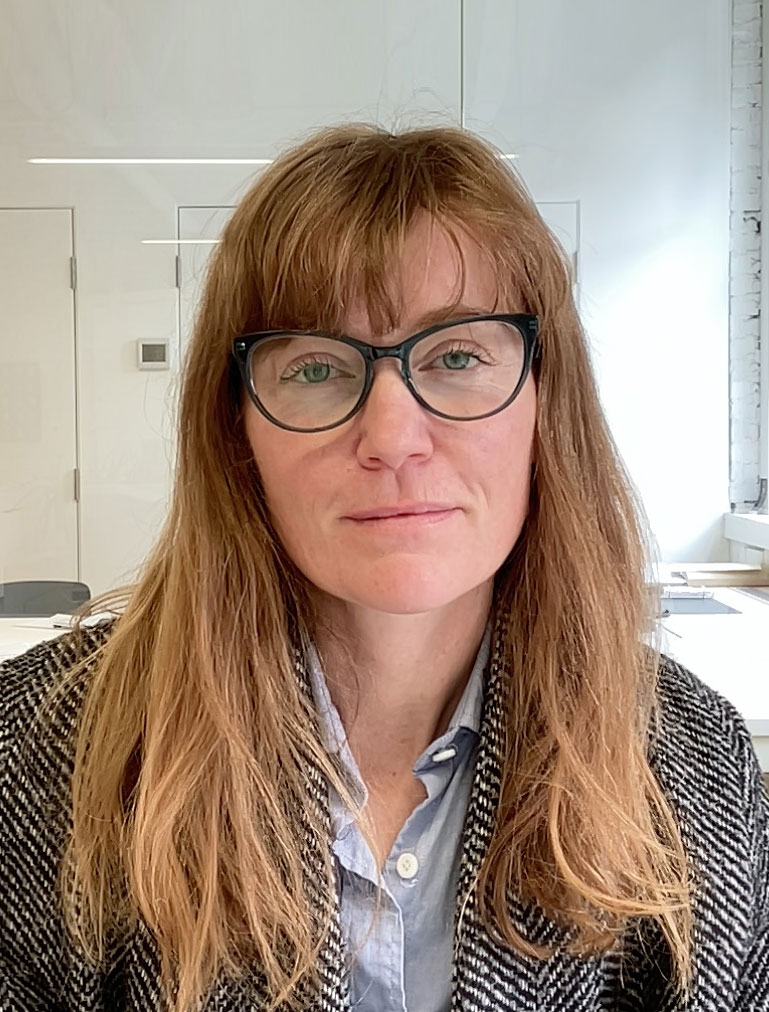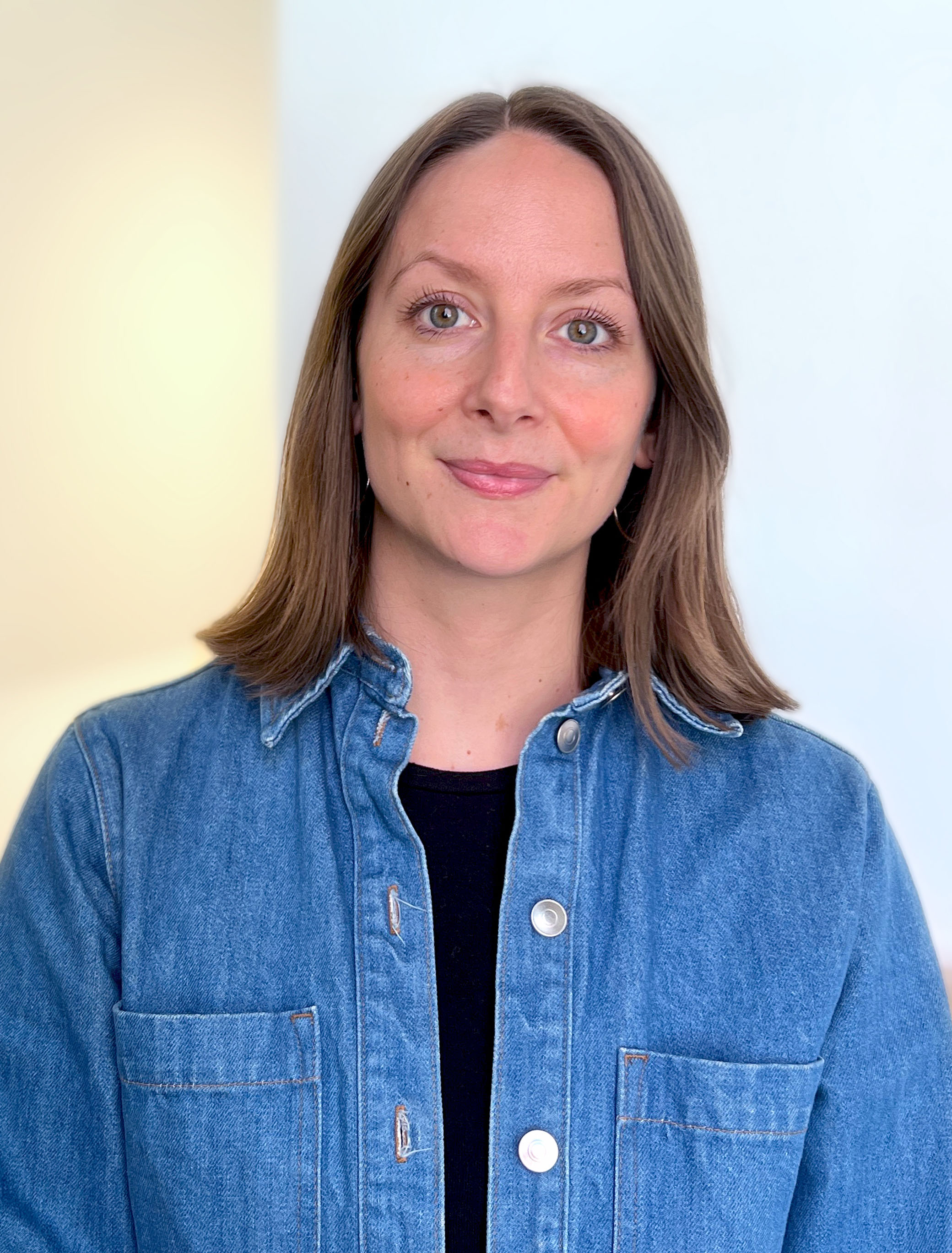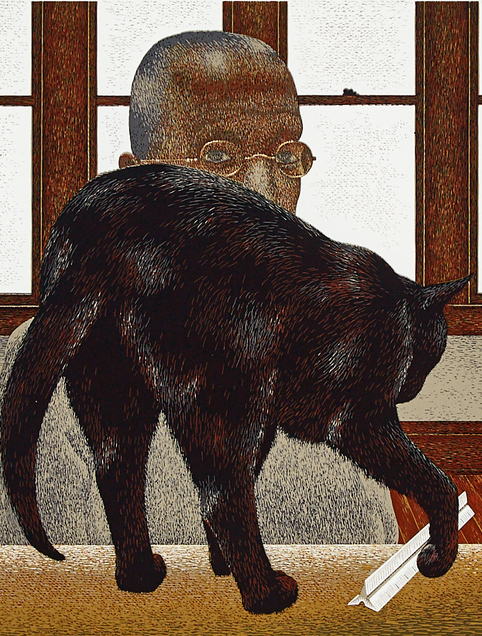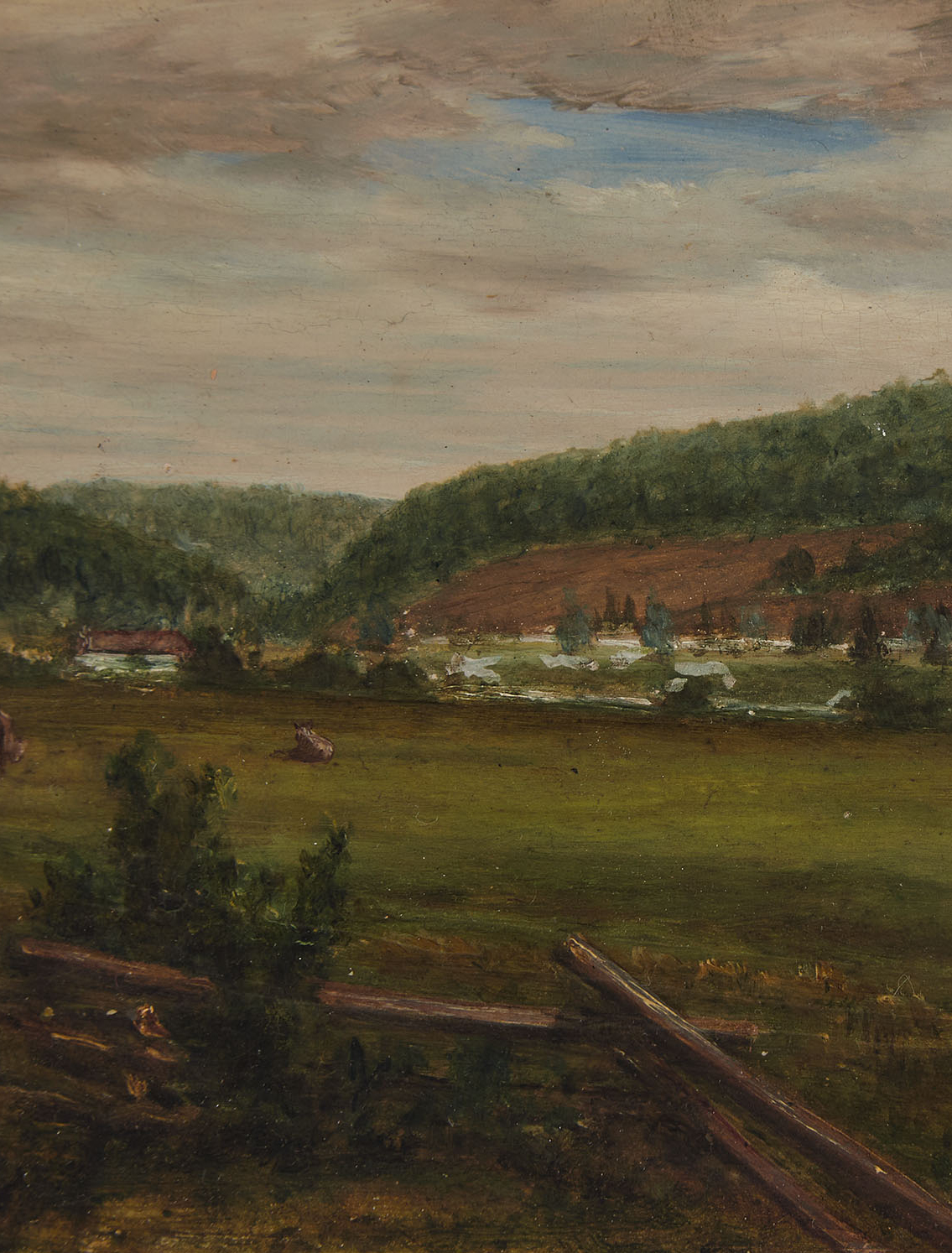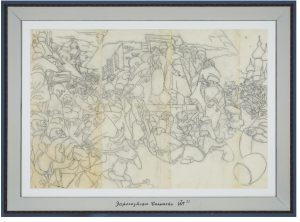
Any collector will tell you what a great privilege it is to get a glimpse into the mind of an artist, be it through conversations, interviews, studio visits or artist statements. Similarly, it is a marvellous gift to be able to see exactly how a masterpiece was made, to be given a peek into the working methods of our favourite artists.
One of the highlights of our Fall 2022 Canadian Fine Art auction is William Kurelek’s Study for Zaporozhian Cossacks, which was the foundation for his dramatic 1952 painting Zaporozhian Cossacks, now in the collection of the Winnipeg Art Gallery.
THE FOUNDATIONS OF A MASTERPIECE
Lot 559 is what is known as a cartoon—a full-scale preparatory drawing—the word derived from the Italian cartone, meaning a large sheet of paper or card. A technique well in place for centuries, using a cartoon allowed artists to work out complex compositional elements on paper rather than needing to work directly on textured canvas or walls intended for fresco. Here, it is evident that Kurelek rubbed lead on the back of the paper, which allowed him to then lay the sheet onto the canvas and trace the outlines on the front, leaving a precise impression onto the canvas surface, from which he could paint with confidence. Cartoons are often discarded or damaged during the transfer process, making them exceedingly rare.
Art historian Andrew Kear, writing for the Art Canada Institute, notes that Zaporozhian Cossacks “is Kurelek’s earliest attempt to articulate the deep ambivalence he felt toward his father, Dmytro.” Dmytro is depicted as a fearsome Cossack leader at the centre of the composition. The Cossacks—the word deriving from the Turkic kazak, or “free man”—first settled the steppes of southern Ukraine in the late 1400s, and are deeply associated with Ukrainian national identity.
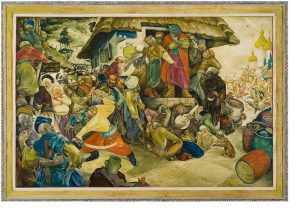
Started in December 1951, Zaporozhian Cossacks was painted at Kurelek’s parents’ farm in Vinemount, Ontario, after Kurelek returned from a period spent working as a lumberjack in Northern Ontario and Quebec. The time spent in the lumber camps allowed Kurelek to save up enough money to travel to Europe, which he did in early 1952. Before departing, he presented Zaporozhian Cossacks to his father as a gift.
Kear notes the influence of Russian artist Ilya Repin’s painting Reply of the Zaporozhian Cossacks, (1880–91) on Kurelek’s work. The latter kept a reproduction of the painting, deciding to “exaggerate the animated expressions of the figures in Repin’s original.” Other influences include muralists Diego Rivera, José Orozco and David Siqueiros, whose work Kurelek became familiar with during a period spent in Mexico. Kear also suggests that the figure in front of the Cossack leader might be a self-portrait, bearing a resemblance to the young Kurelek.
FROM STUDIO TO AUCTION
The cartoon for Zaporozhian Cossacks had been disassembled, divided into four pieces, and tucked on a shelf at The Isaacs Gallery, in Toronto. The Isaacs Gallery would play an important role in Kurelek’s life, offering him both employment as well as furthering his career as an artist. While in England, Kurelek had learned how to frame pictures while employed at F.A. Pollak, a framing business in London. Upon his return to Canada, he found work in the framing workshop at The Isaacs Gallery, which allowed him a steady income. The gallery’s owner, Avrom Isaacs, quickly recognized Kurelek’s talents and began exhibiting his paintings from 1960 onwards.
The preparatory sketch for Zaporozhian Cossacks entered the Robert McLaughlin Gallery collection in Oshawa, Ontario. The present owner, excited to own some of the artist’s working sketches, bought the work, but it was only when the drawings—then in four pieces—were laid out on the kitchen table did it become apparent that these were not four discrete works, but parts of a whole. Kurelek had not planned to preserve these sketches, and the paper still had tape on its edges. The present owner commissioned John Slavin Conservation, Mississauga, Ontario, to restore the work, which was completed without sacrificing any of the original strokes of the artist. Matting has been done with archival materials to ensure this sketch can be enjoyed for generations.
In a pleasing bit of symmetry, the present owner made the frame himself, taking inspiration from Kurelek’s personal style.
ABOUT THE AUCTION
Online from November 26 – December 2, The Canadian Fine Art session in Waddington’s The Canada Auction Series represents a rich opportunity for discerning collectors. Highlights include choice works by canonical figures such as Lawren S. Harris, A.Y. Jackson and Cornelius Krieghoff, beloved artists such as Maud Lewis, Peter C. Sheppard and Walter J. Phillips, key post-war artists such as Lynne Cohen, Sorel Etrog and Harold Klunder.
We invite you to browse the full catalogue.
Please contact us for more information.
Related News
Meet the Specialists

Gregory Humeniuk
Senior Specialist

Kendra Popelas
Consignment Specialist



